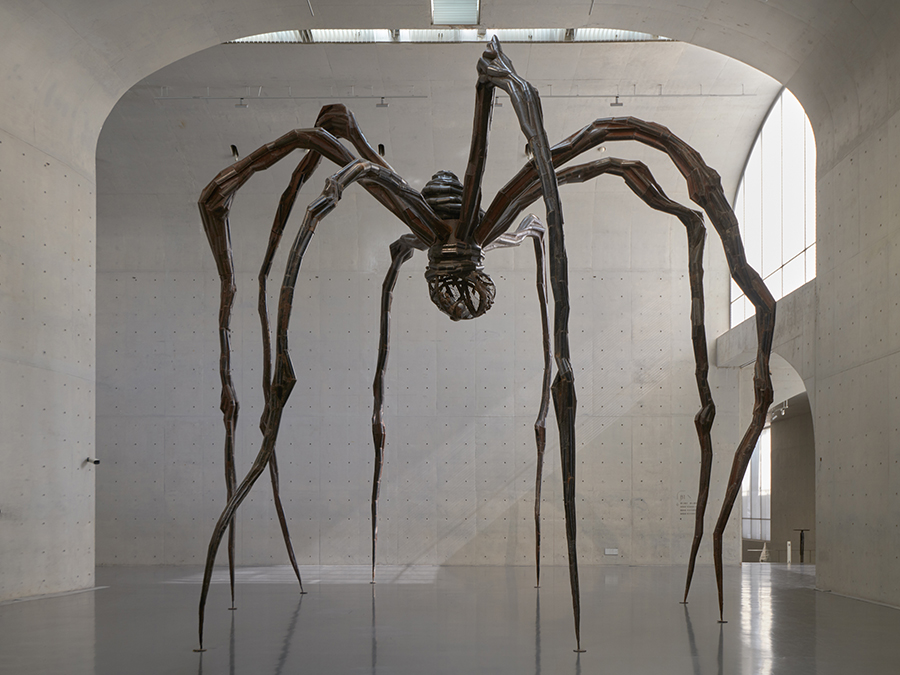The Long March: Marking 40 Years of Reform and Development in China
The glitter of Shanghai’s international art week masks darker changes in the cultural sphere of the People’s Republic
The glitter of Shanghai’s international art week masks darker changes in the cultural sphere of the People’s Republic

The year 2018 marked 40 years of reform and development in China. However, a gloomy reality has overshadowed the democratic aspirations that many within and outside of the country had associated with the implementation of a market economy. Initially reform and opening up served as an engine to transform China from an impoverished state to a formidable economic power. Yet the process of de-politicization following the student movement in 1989 set the ball rolling on a singular economic track. In 2018, mirroring the rise of right-wing strongmen across the world, everyday life and intellectual discussion have been increasingly subject to tightened surveillance and controls as President Xi consolidates his own powerbase.

Paradoxically, the continuous growth in the number of art museums, both private and state-funded, art fairs and museum visitors in major Chinese cities gives an impression of a flourishing and robust art system. Most private museums, established riding the wave of urban property development in China in the last decade, have opted mainly to mount blockbuster exhibitions by international artist celebrities, Josef Beuys, Christian Boltanski, Louise Bourgeois, Maurizo Cattelan, Olafur Eliasson, Thomas Hirshorn, Cindy Sherman: the list goes on. The quantity of such foreign imports into China within the space of one year felt unprecedented.
In November, Shanghai was laureled by two concurrent art fairs, with increasingly international exhibitor lists, its flagship biennale and a star-studded roster of solo exhibitions in museums all over town. For some Chinese art professionals, this was a reality check. China has been cultivating the international art scene for years: in November, it felt like it had truly arrived. Yet within this picture, Chinese collectors and museum practitioners continue to play the part of admirers and, at the best, eager consumers of Western-formed art, artists and art dealers. Chinese galleries had hoped that the presence of foreign galleries in China would bring exposure to Chinese artists and introduce more foreign collectors to the Chinese art market. The reality, however, has been somewhat distinct – typified by one Western dealer’s comment that the only kind of cultural exchange he was interested in was leaving artworks behind in China and taking home cash.

For some, it was both impossible to identify with the state’s aggressive nationalist agenda and frustrating to encounter such outright expressions of one-way conversation. No doubt there emerged more places for the display and celebration of a certain type of art, yet space for critical practices and serious discussion around them was quickly deteriorating. Tiptoeing around sensitive subjects, individual artists and art professionals were simultaneously exasperated by the jarring reality of a thriving art scene that only star artists on market terms could take central stage.
During 2018, the brief occurrence and fast fading out of #Metoo in China, including within the art world, confirmed the fact that genuine and challenging discussions could barely take hold within a highly monitored and contained social space. Those who were called out by #Metoo were often young and new-comers to the scene; and, while there were a few cases involving high-profile academics, artworld big-shots and power players were barely bruised, safely guarded by our deep-seated and instinctive collective endorsement of power.

As the commercial sector in art gained momentum, the state-funded art structure skewed ever more towards those with market potential or official connections. With the Chinese government growing increasingly influential both inside the country and abroad, state funding presented itself as a centralized source of resources and opportunities for exhibitions and networking. Those unwilling or unable to engage with the system faced other challenges: studio spaces were bulldozed and artists were pushed further outside the city. Independent curators find it harder to get work. It is no wonder that more and more contemporary artists and art critics have chosen to secure positions within the state-funded art structure, including at art institutions and academies, or have clung more tightly to these affiliations. While there are restrictions that come with such positions – for instance, having international travel limited by school authorities and being unable to express dissident opinions – the enticing perks and promising prospects these jobs can bring make individual freedom inconsequential. None of these fundamental changes could be openly addressed in art or in writing. This moment of ideological hardening and closing-up comes 40 years after intellectual liberation (sixiang jiefang) was made a slogan and principle by the communist government to correct the ideological extremism of the Cultural Revolution of the preceding decade.
It’s hard to predict where all of this will eventually lead us; but one thing is for sure, China’s art world in 2018 suffered an astounding dearth of passion, spontaneity, anticipation or any sense of mission. The culture industries expanded while becoming increasingly smooth, entertaining and docile – ready to comply with any form of operation and calculation. The reform and opening up set in motion 40 years ago and accelerated during the 1990s promised a marketplace for forms of art not approved by official doctrine. This gave rise to what has become the canon of contemporary Chinese art, which distinguished itself by its independence from and defiance towards an authoritarian framework. The promise of the international art arena conjured up another horizon of openness, tolerance, freedom and development for many in China. However, as recent developments indicate, art is trapped inside many forms of institution, both metaphorical and actual. Instead of the urgency, 20 years ago, of constructing an art system, perhaps, today, the rescue will lie in its dismantling.
Main image: Lu Yang, Material World Knight, 2018, installation view, Shanghai Biennale. Courtesy: the artist and Shanghai Biennale






















